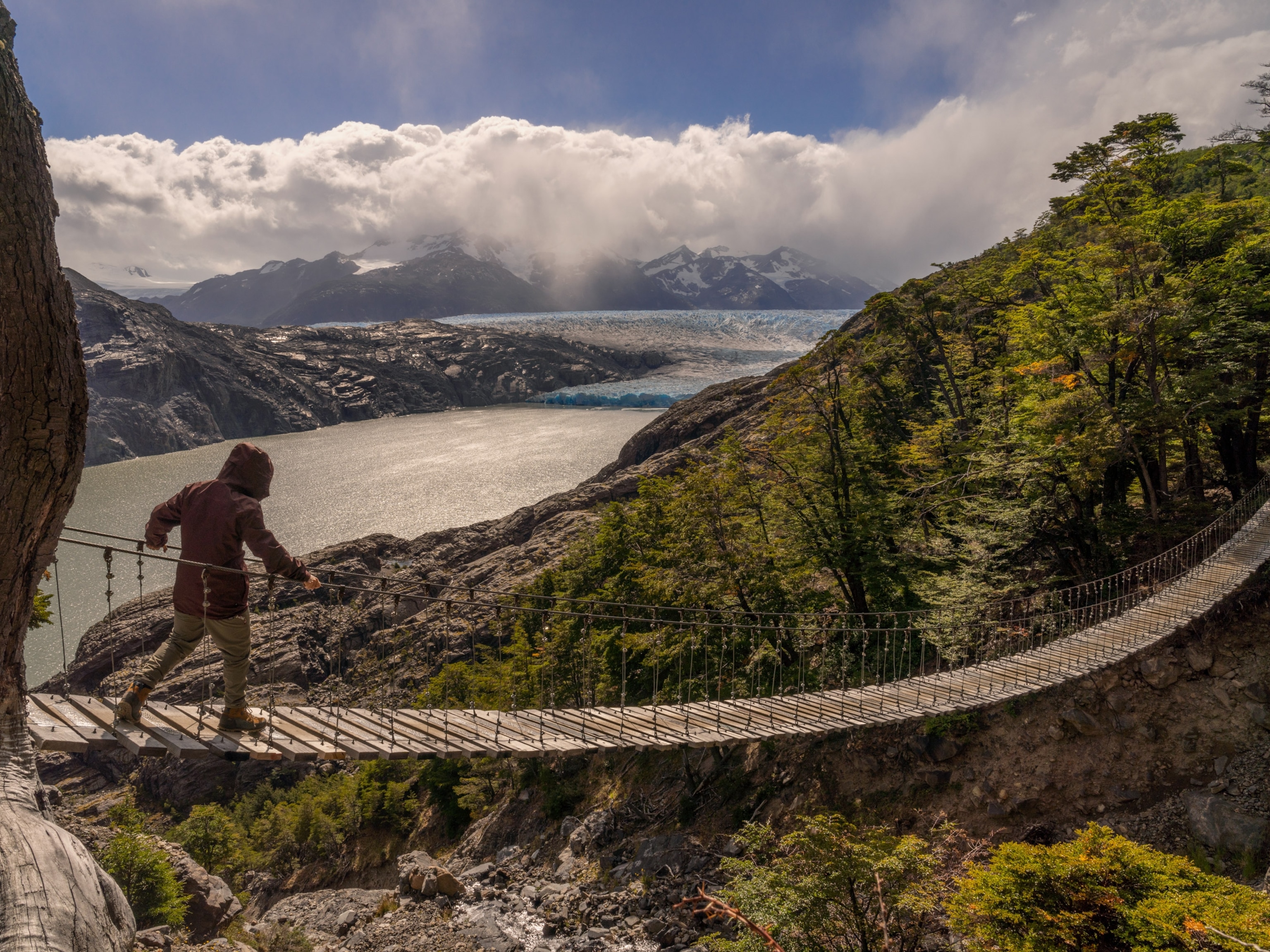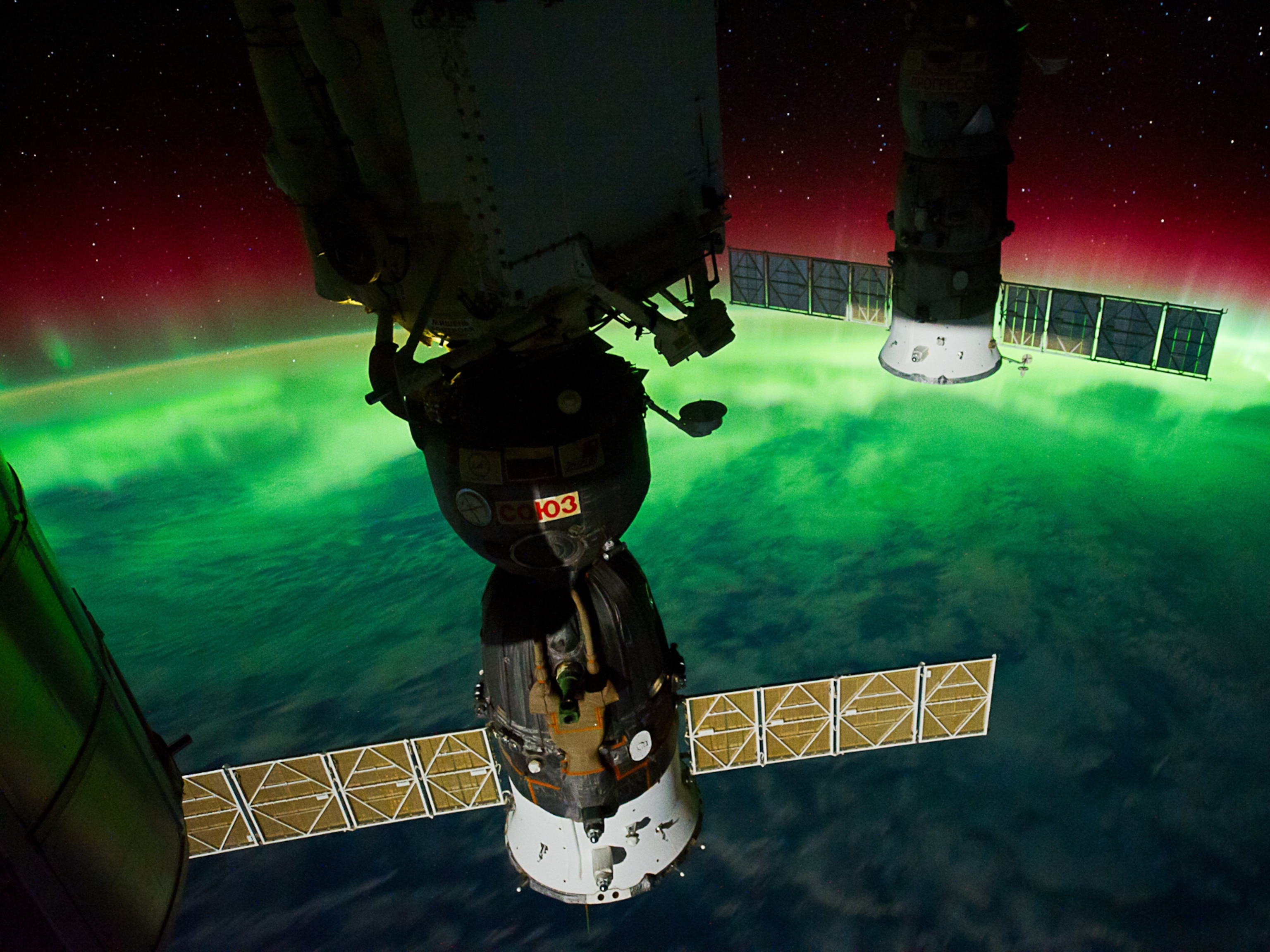Top Ancient Sites for Stargazing
From petroglyphs to castles carved into hilltops, explore our night sky through our ancestors at these amazing archaeological sites.
The night sky is a time machine and so is archaeology. Since I was a teenager in Iran, a land filled with ancient sites, my passion for the night sky has blended with archaeology.
The young science of archaeoastronomy studies archaeological sites in relation to the sky, whereas ancient stargazers used celestial figures and the movements of the sun and moon to keep track of time for their ritual and agricultural purposes.
Many iconic ancient observing places, such as Stonehenge (England), Chichén Itzá (Mexico), or the Mesopotamian ziggurats (Middle East) are either closed to visitors at night or under vanished urban skies. (See the world map of astronomical heritages.) But plenty of places remain where you can explore ancient sites and the night sky. Here are my favorites.
Chaco Canyon, New Mexico

All of Chaco Culture National Historical Park in New Mexico is an International Dark-Sky Park, a natural darkness zone with no permanent outdoor lighting. It features a public observatory, astronomy festival, and stargazing programs in connection with native Pueblo culture and the night sky. Certain alignments on Casa Rinconada kiva, a round ceremonial place, may be related to the calendar. The park is also home to the famous hand-moon-star pictograph that could represent the configuration of the crescent moon and the year 1054 supernova.
Almendres Cromlech, Portugal
One of the largest stone circles in Europe, dating from the sixth millennium B.C., is near the World Heritage town of Evora, as well as the Alqueva Dark Sky Reserve area. The cromlech, or circle of monoliths, has almost a hundred granite menhirs, some with carved drawings and small indentations. A four-meter-tall single monolith is isolated almost a mile to the northeast and may be aligned with the cromlech for a solstice sunrise or sunset. The cromlech of Xerez in Monsaraz is also nearby.
Meteora, Greece

This could be a scene out of science fiction—insanely isolated monasteries on top of giant natural rock pillars. Meteora means "in the heavens above.” Located near Kalambáka, it’s an amazing place to appreciate the stars as they have been viewed by thousands of monks who have lived here since the 11th century.
Sibiloi National Park, Kenya
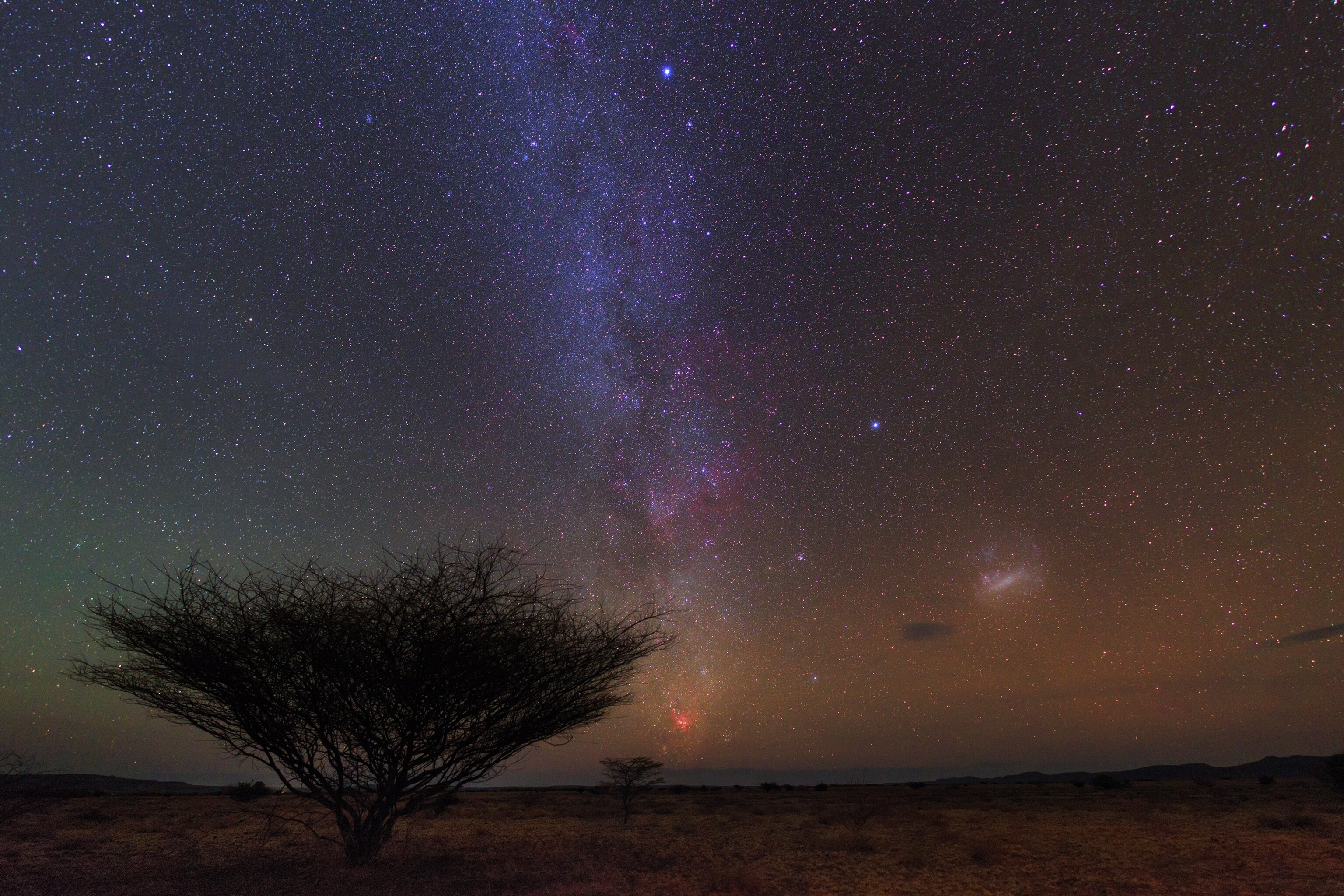
See the pure night sky from where we all came. The long trip to remote Lake Turkana in northern Kenya is an opportunity to see a cradle of humankind where fossils of our ancestors as much as 3.5 million years old have been found.
Alamut Castle, Iran
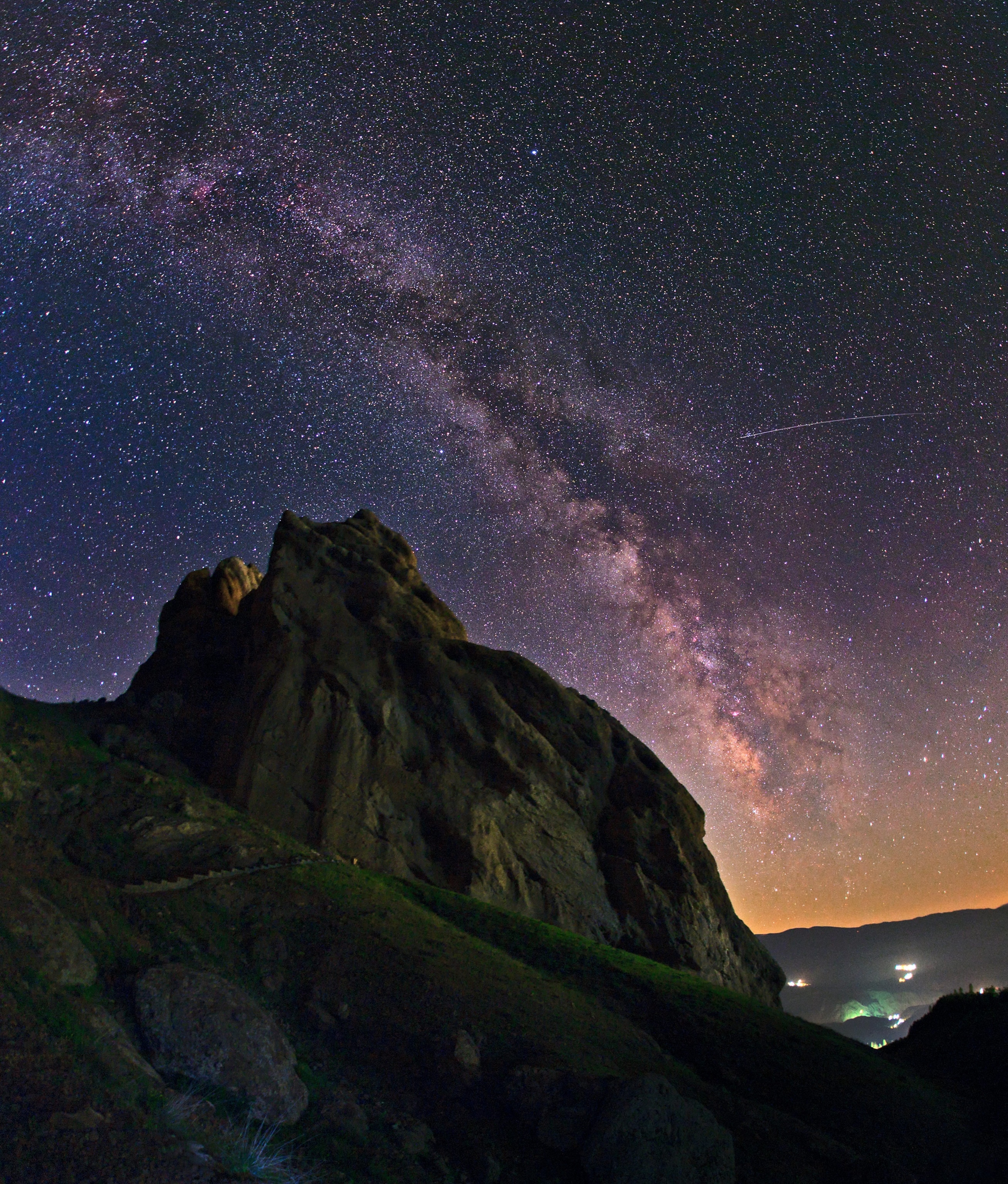
The mysterious site of Assassins (medieval Nizari Ismailis) in the Alamut Valley of Iran’s Alborz Mountains is still under excavation. The castle had a unique library that lured many scholars, including Tusi, considered the world's greatest astronomer of the time, to Persia during the Mongol invasion. The sky of Alamut is still as starry as when Tusi explored it in the 13th century.
Uluru-Kata Tjuta National Park, Australia

Near the center of Australia, the country’s most recognizable landform—and the most sacred to Aboriginal culture—Uluru (or Ayers Rock) is home to ancient rock art with stories about the creation of the land and skies. With no light pollution in the Australian outback, park visitors enjoy the stunning southern sky. There are stargazing programs at the campground/resort.
- National Geographic Expeditions
Owens Valley, California

The many petroglyph sites near Bishop, on the volcanic tablelands between the White Mountains and the Sierras, are like an open-air museum, under an ocean of stars in a moonless night. The Native American rock art includes many puzzling icons; some are considered hunting magic and some are related to the sky.
Karahunj, Armenia
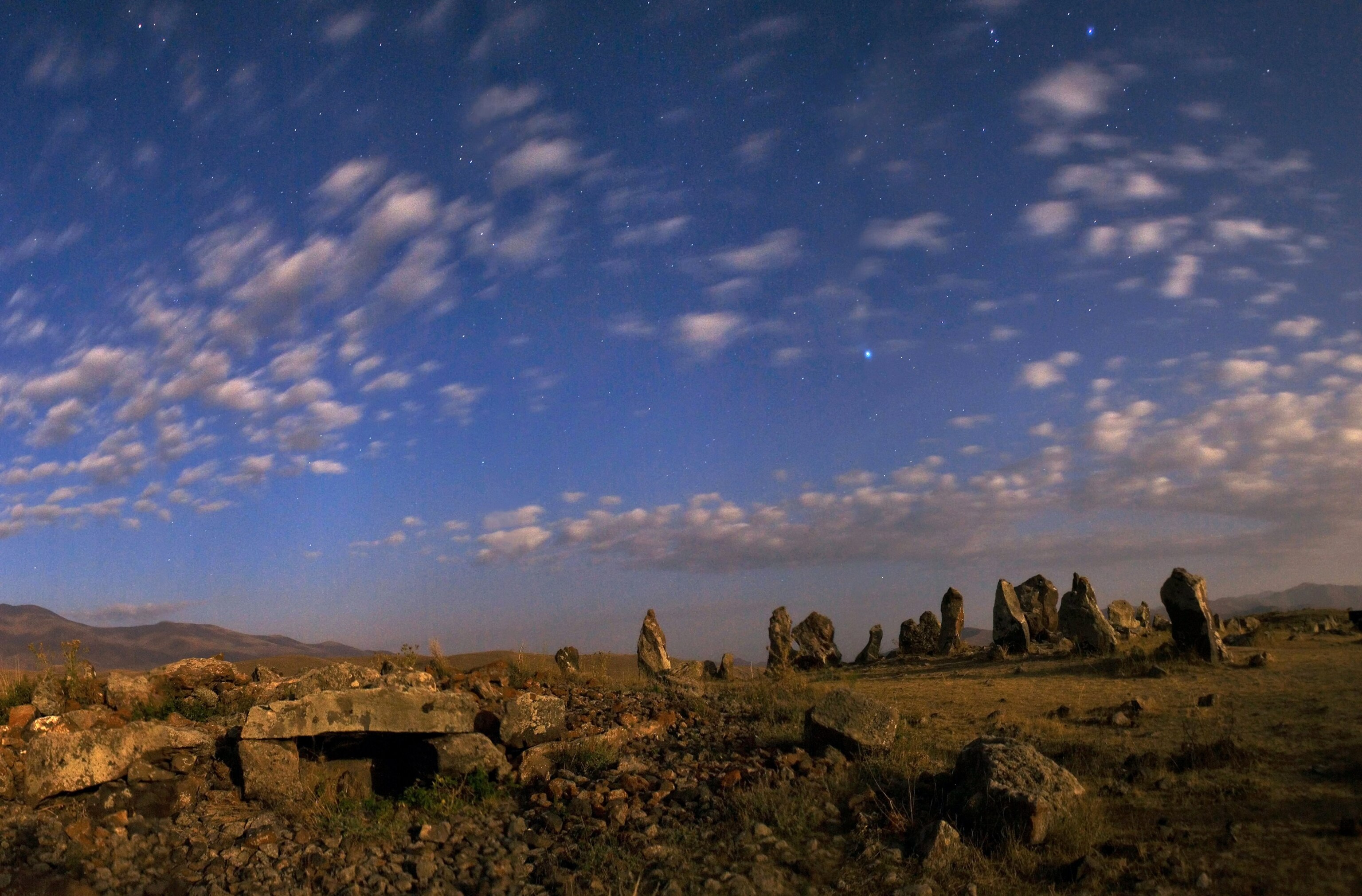
About 3,000 miles east of the cromlech in Portugal is the Armenian Stonehenge, near Sisian. Also known as Zorats Karer, it includes 223 stones, some weighing up to 10 tons. Some have a circular hole.
Babak Tafreshi is a photographer and the founder of The World at Night (TWAN) photography program. Follow him @babaktafreshi.



